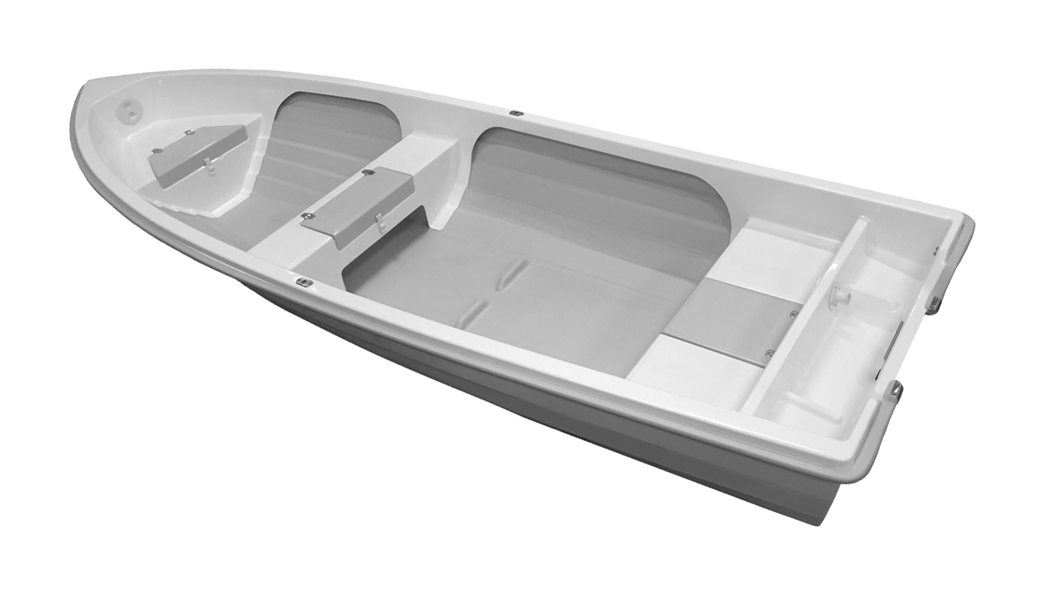
Plastic Boat Stability – How to Ensure Safe Navigation?
•Marcus Nordcraft
Understanding boat stability principles and practical tips for safe boating. Learn how to distribute weight properly and handle your plastic boat in various conditions.
Boat stability is fundamental to safe boating, and understanding how to maintain it can prevent accidents and ensure enjoyable time on the water. Plastic boats, with their design flexibility, can achieve excellent stability when properly loaded and handled.
**Understanding Stability Types**
Boats have two types of stability: initial (primary) and ultimate (secondary). Initial stability is how steady the boat feels in calm conditions - a wide, flat-bottomed boat feels very stable initially. Ultimate stability is the boat's ability to recover from extreme angles - this is where hull design becomes crucial.
Nordcraft boats are designed with optimized hull shapes that provide excellent balance between both types of stability, making them feel secure in calm water while maintaining safety margins in rough conditions.
**Weight Distribution Principles**
Proper weight distribution is critical for maintaining stability. The center of gravity should be kept as low and centered as possible. Heavy items like batteries, fuel tanks, and tackle boxes should be placed low in the boat and near the centerline.
Avoid concentrating weight at the bow or stern, which can affect trim and handling. When fishing with multiple people, distribute passengers evenly and avoid having everyone move to one side simultaneously.
**Loading Guidelines**
Never exceed your boat's maximum weight capacity, which includes passengers, gear, fuel, and equipment. Remember that capacity plates show maximum safe loads for calm conditions - reduce loads in rough weather.
Secure all loose items to prevent them from shifting during maneuvers. A sliding cooler or tackle box can quickly destabilize a small boat.
**Handling in Different Conditions**
In calm water, plastic boats are very forgiving and stable. However, as conditions deteriorate, proper technique becomes essential:
- **Waves**: Take waves at a slight angle rather than head-on or beam-on. Reduce speed to maintain control.
- **Wind**: Be aware of how wind affects your boat. High sides catch wind, potentially pushing you off course.
- **Turns**: Make gradual turns rather than sharp ones, especially at speed.
**Stability Modifications**
Some boaters add stability by installing outriggers or sponsons, but these modifications should be done carefully and may affect the boat's handling characteristics. Consult with the manufacturer before making significant modifications.
**Warning Signs**
Learn to recognize when your boat is becoming unstable: excessive rolling, difficulty steering, water coming over the gunwales, or feeling 'tippy.' If you notice these signs, reduce speed, redistribute weight, or head for calmer waters.
**Emergency Procedures**
If your boat does capsize, stay with it - plastic boats typically retain positive buoyancy even when swamped. Most plastic boats will float even when completely filled with water, providing a platform for rescue.
Practice stability awareness every time you're on the water. Understanding your boat's limits and maintaining proper loading will ensure many safe and enjoyable boating experiences.